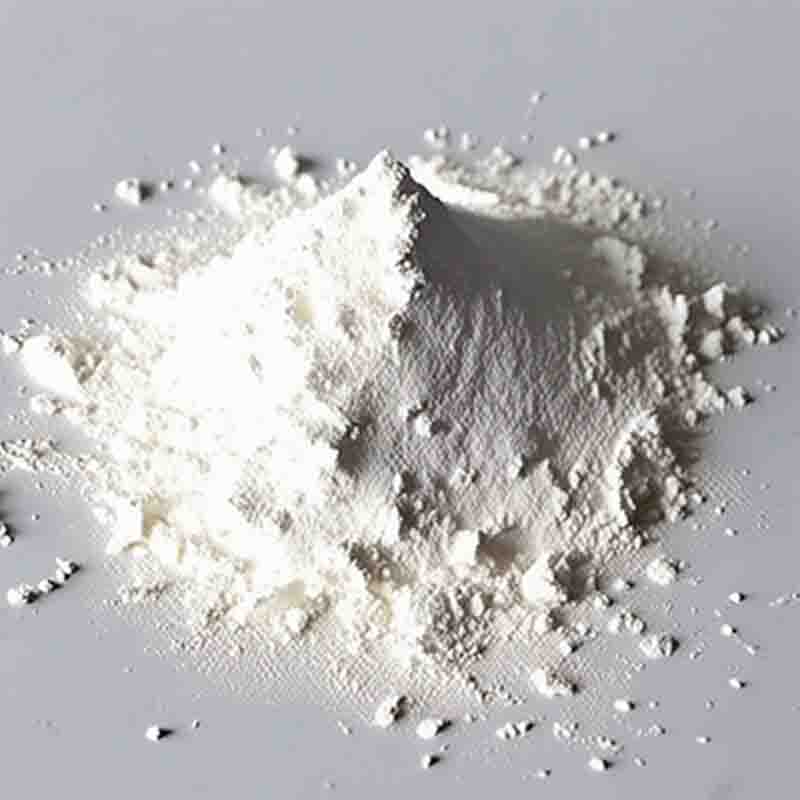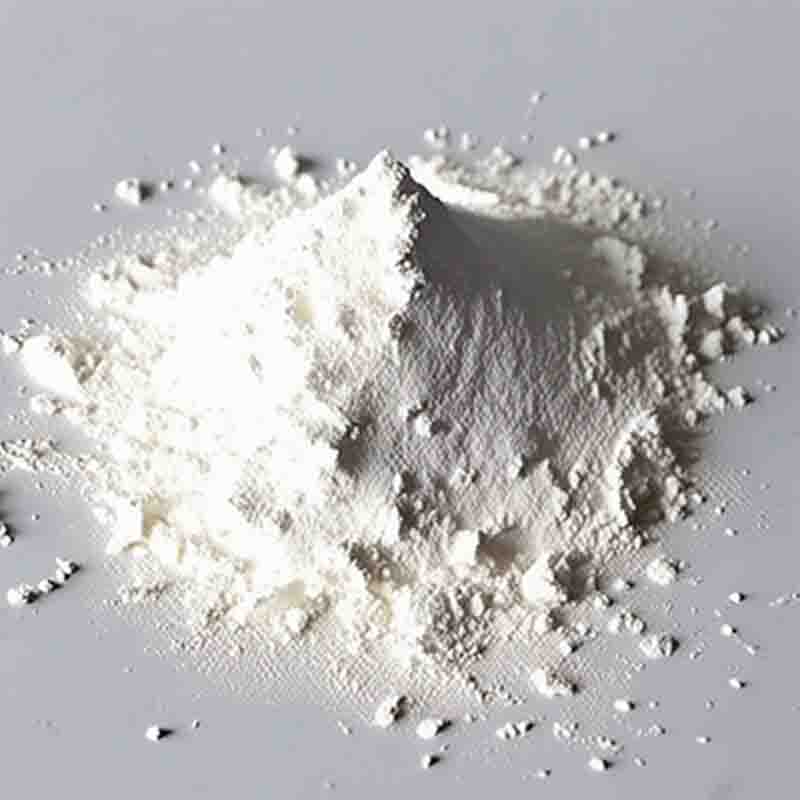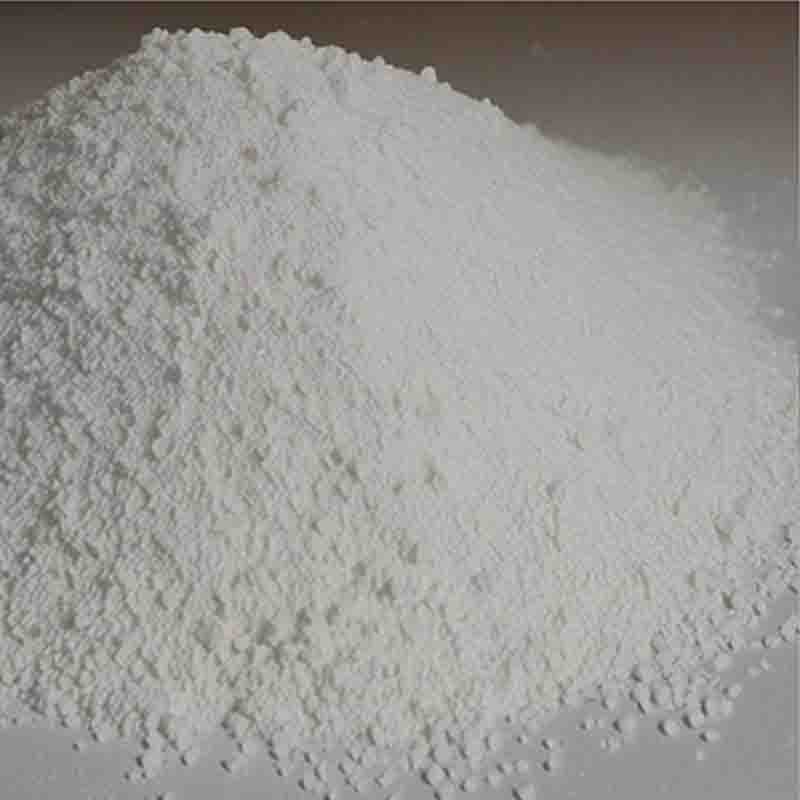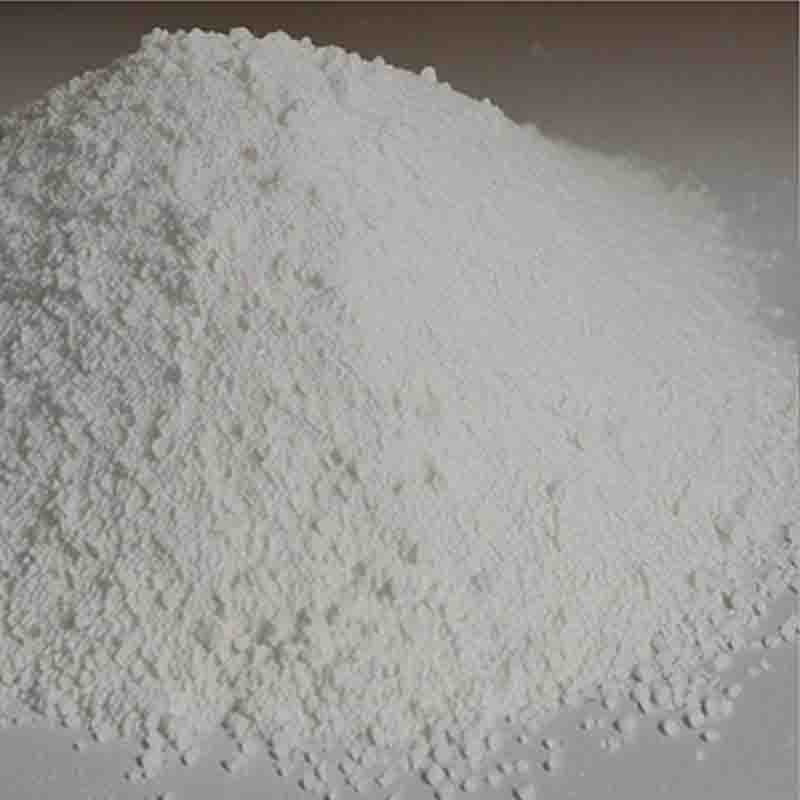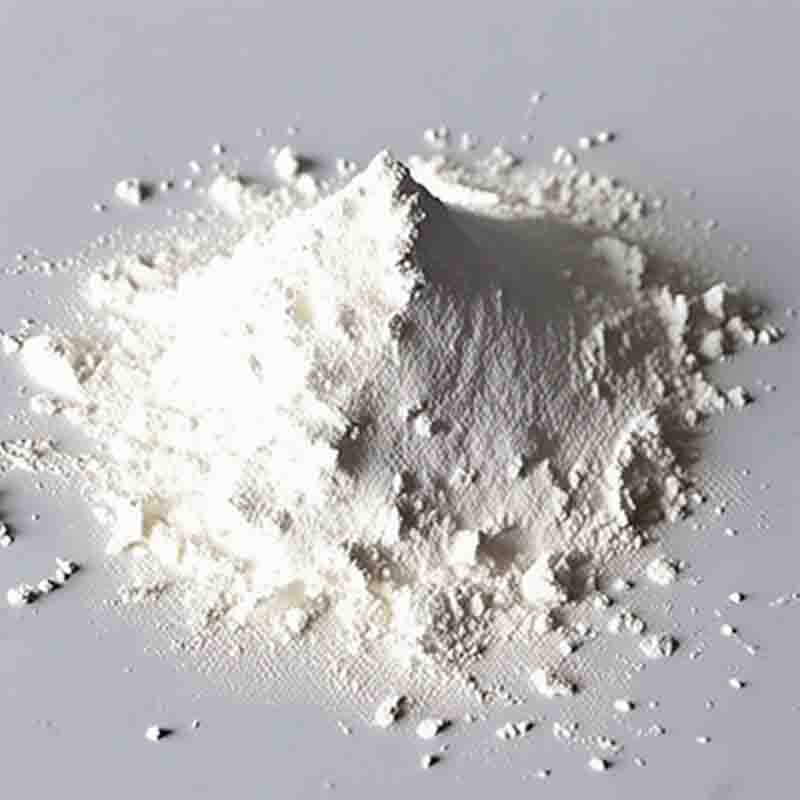L-Homophenylalanine CAS:943-73-7
| Catalog Number | XD95777 |
| Product Name | L-Homophenylalanine |
| CAS | 943-73-7 |
| Molecular Formula | C10H13NO2 |
| Molecular Weight | 179.22 |
| Storage Details | Ambient |
Product Specification
| Appearance | White powder |
| Assay | 99% min |
L-Homophenylalanine is an amino acid analogue of phenylalanine, with a unique structure that may contribute to a range of effects in biological systems.One potential effect of L-Homophenylalanine is its ability to influence neurotransmitter synthesis and function. As an analogue of phenylalanine, it can compete with phenylalanine for incorporation into proteins during synthesis, potentially affecting the structure and function of proteins involved in neurotransmitter metabolism. This may have implications for the synthesis and release of key neurotransmitters such as dopamine, norepinephrine, and serotonin, which are involved in mood regulation, cognition, and overall brain function.L-Homophenylalanine may also have an impact on the production of specific hormones and neuropeptides. Some studies suggest that L-Homophenylalanine analogues can influence the production of endogenous opioids, which are substances known to play a role in pain modulation and mood regulation. By altering the availability of these substances, L-Homophenylalanine could potentially affect pain perception and mood states.Furthermore, L-Homophenylalanine may potentially exhibit antimicrobial properties. Some research has shown that certain amino acid analogues can interfere with bacterial growth and replication, making them potential candidates for developing novel antimicrobial agents. While more studies are needed to evaluate the specific antimicrobial effects of L-Homophenylalanine, this property adds to its potential utility in pharmaceutical and biomedical applications.Additionally, L-Homophenylalanine may have an impact on protein structure and function. As an analogue of phenylalanine, it can be incorporated into polypeptide chains during protein synthesis, potentially altering the structure and stability of proteins. This structural modification could affect the protein's enzymatic activity, substrate specificity, or interaction with other molecules, ultimately impacting its biological function.It is important to note that further research is necessary to fully understand the precise mechanisms and potential applications of L-Homophenylalanine in different biological systems. These effects are speculative and require validation through well-designed experiments and studies. Detailed investigations are needed to explore its effects on neurotransmitter synthesis, hormone regulation, antimicrobial activity, and protein structure and function.In conclusion, L-Homophenylalanine possesses potential effects on neurotransmitter synthesis, hormone regulation, antimicrobial activity, and protein structure and function. However, more research is needed to determine the specific mechanisms and applications of this amino acid analogue.




![(αS,3S)-α-[(tert-Butyloxycarbonyl)aMino]-2-oxo-3-pyrrolidinepropanoic acid Methyl Ester CAS: 328086-60-8](https://cdn.globalso.com/xdbiochems/白色粉末1040.jpg)
